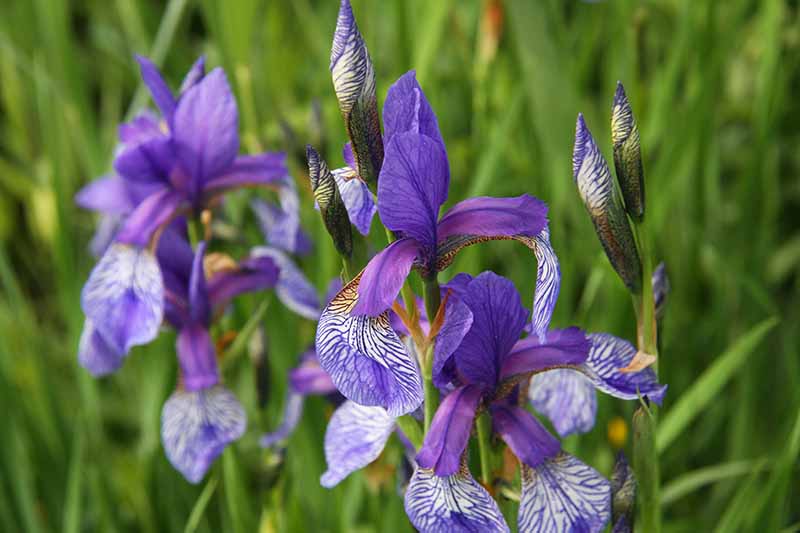Due to drainage and management changes, these typical meadows with the Siberian iris (Iris sibirica) and star daffodil (Narcissus radiiflorus) have been and are being increasingly pushed back and, unfortunately, can only be found on a few remaining areas. It is all the more gratifying that some land managers are interested in preserving these areas and caring for them accordingly.
The Trautenfels flowering meadows are a good example of how the step back towards more biodiversity (green infrastructure) can be achieved and at the same time serve as retention areas for flood protection (blue infrastructure). In the HBLFA Raumberg-Gumpenstein's "Recultivation of Iris Meadows" project, the collaboration between land managers and nature conservationists has the primary goals of making fallow land usable for agriculture again and at the same time restoring and enhancing valuable habitats with a biodiversity typical of the location on the land.
A diploma thesis by the students Andreas Fokter and Martin Hillinger from the HBLFA Raumberg-Gumpenstein documents the essential requirements and the most important work steps for this ambitious project. The measures on the wetlands must be tailored to the individual species, such as breeding birds, amphibians or dormouse, both with regard to the weather conditions through gentle tillage at the right time and with regard to the bioinventory. It should be taken into account that nature also needs time to develop again. A survey shows the great interest of the population and land users in preserving this traditional cultural landscape at the foot of the Grimming.







